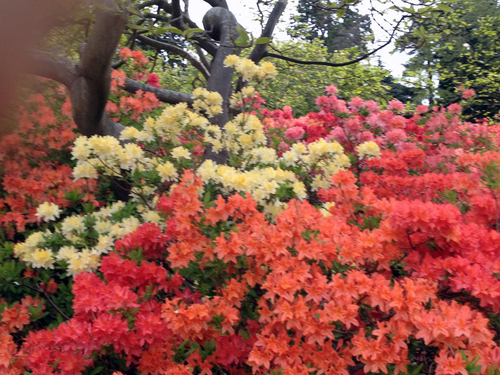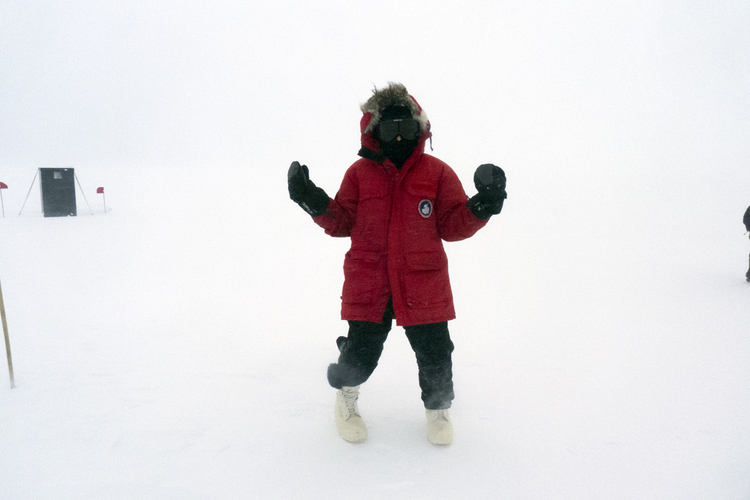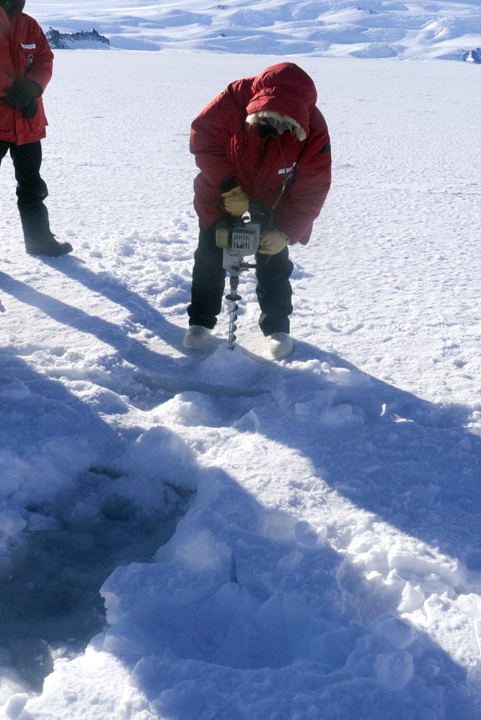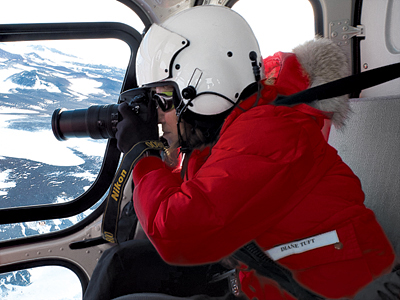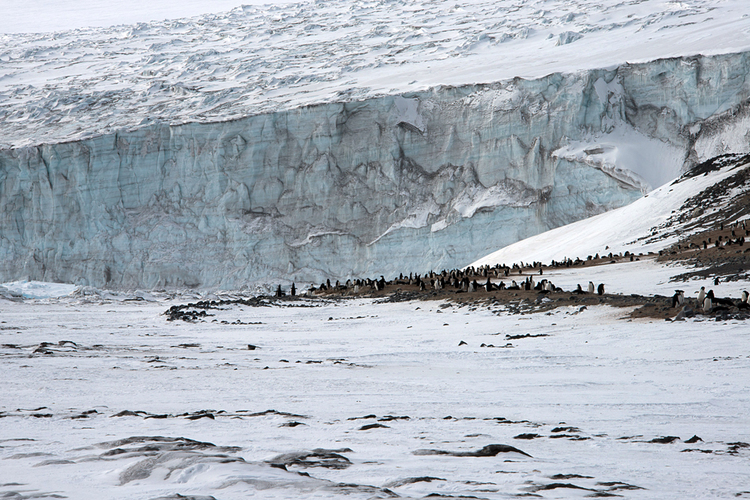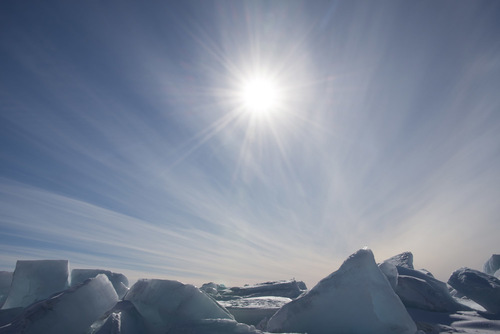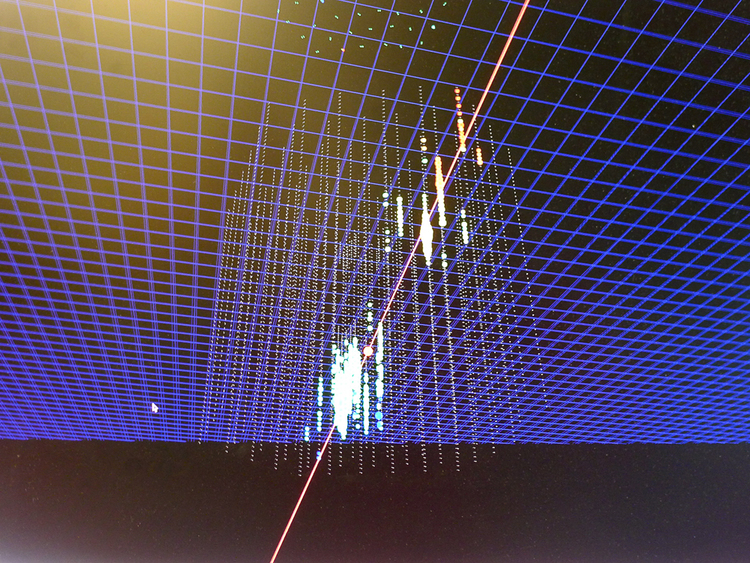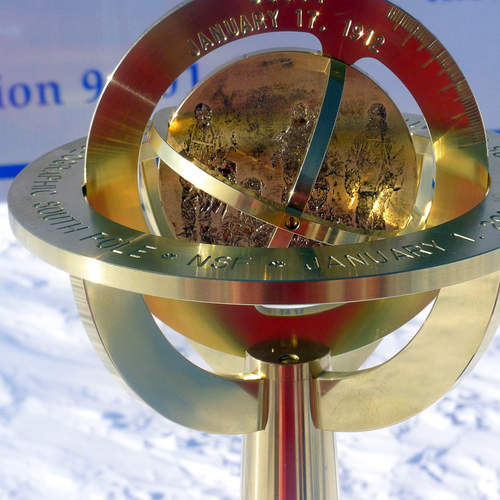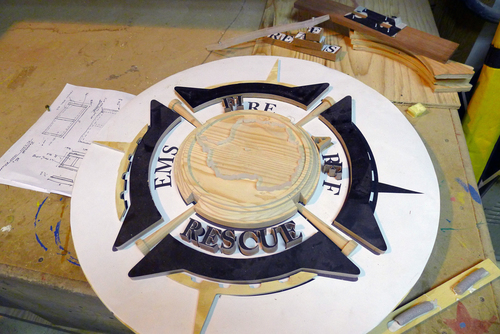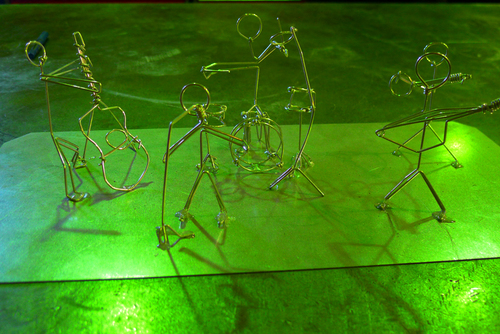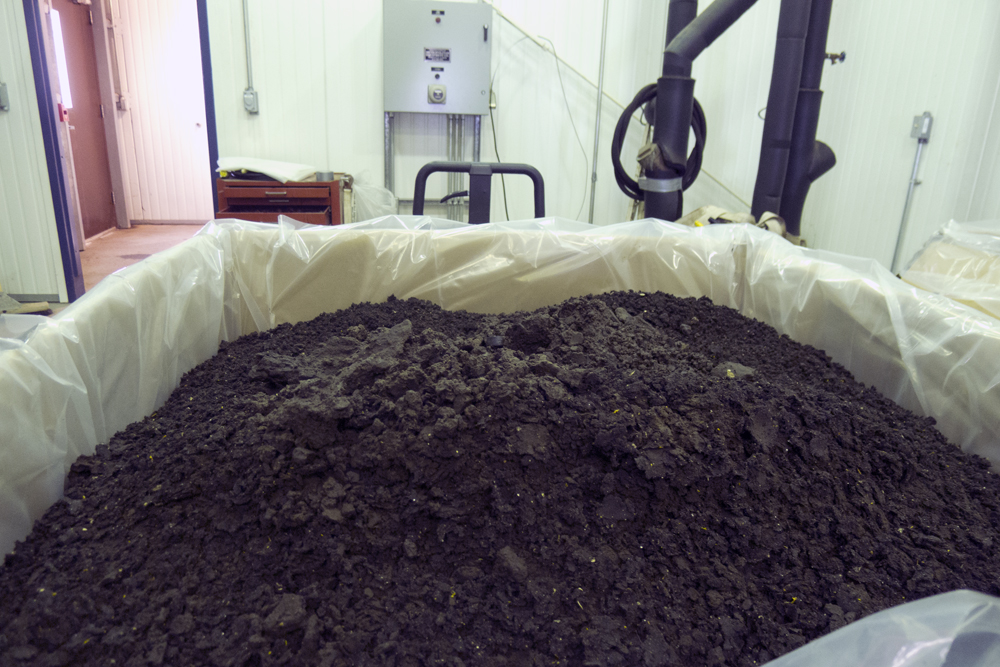Oct 6
After a fun plane ride on Air New Zealand, I checked into the Elms Hotel in Christchurch. Christchurch suffered extensive damage during the earthquake 2 years ago and is still trying to recover. The downtown area is pretty much closed down, homes have been abandoned, and many buildings have been demolished.
The Elms has no reception area, restaurant, and no services... so after checking in, I put 2 large duffels and my 2 carry-ons on a dolly and rolled it up to the 4th floor. I spent most of the day trying to connect to Wi-Fi (which never did work) and waited for Murphy (my photography assistant) who arrived around 6:00.
We settled in and went to the George Hotel to eat and use the Internet.
Oct 7
Murphy and I discovered Brigittes, a cute cafe in the Miraval area of Christchurch, for breakfast.
After a leisurely morning, we went to the CDC office (Clothing Distribution Center) where we were briefed, computer checked, and received our required gear for any trip within or to Antarctica.
Black wind overalls, black balaclava wind stopper (face mask), goggles, black fleece hat, Red USAP Antarctic Jacket and White rubber thermal "moon" boots. We are required to wear this gear on all flights including the C-17 Cargo plane that will take us to McMurdo. We were also informed that many times as you are approaching Antarctica (5 hour trip) the weather is too bad to land so you "boomerang" and come back to Christchurch. Sooo, you need to pack a boomerang bag with enough items for 2 days and in case you do return to Christchurch, you will have some clothing and essentials.
We had a fabulous Thai dinner with Lou Sanson (who heads the New Zealand Antarctic program), after picking up 3 bottles of 2009 New Zealand Pinot Noirs to bring to McMurdo.
Upon arriving home from dinner, we were told that our deployment from Christchurch was delayed 24 hours so we would not be leaving the next morning.
Oct 8
Murphy and I checked out of the Elms and headed for the Commodore Hotel...Wi-Fi!! That is why I have been writing the last 3 days of events today! We also have a restaurant! And a sauna and pool.
Catching up on all.
McMurdo has a live camera that views the weather:
http://www.usap.gov/videoclipsandmaps/mcmwebcam.cfm
You should check it out!
So we viewed it and there was no visibility.. it now looks a little better but it will have to stay clear and the runway needs to be cleaned before we can be authorized to leave New Zealand.
We shall see... Low-key evening.


